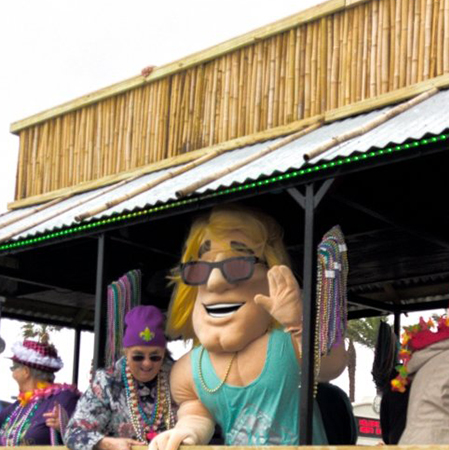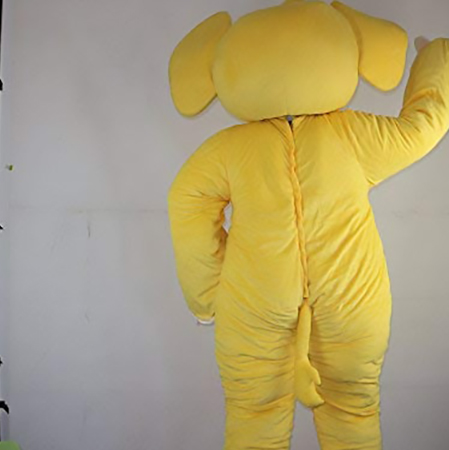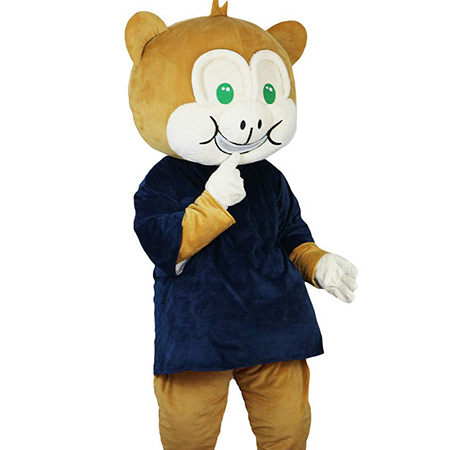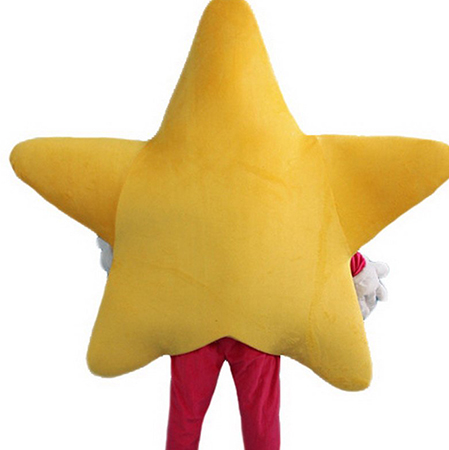In the realm of sports, schools, and entertainment, mascot costumes transcend mere representation; they embody narratives that resonate deeply with audiences. These vibrant ensembles are meticulously designed to convey stories that evoke emotions, build community bonds, and foster a sense of identity. From the roaring lions prowling football fields to the endearing bears cavorting at basketball games, each mascot costume is a character in its own right, brimming with personality and purpose.
At their core, mascot costumes serve as visual storytellers. The colors, textures, and shapes chosen by designers are not arbitrary; they are carefully selected to reflect the values, history, and spirit of the organization or team they represent. For instance, a school mascot might incorporate elements of its alma mater’s colors and emblems, creating an instant connection with students, alumni, and fans alike. This attention to detail ensures that every costume is a living embodiment of the institution’s heritage.

Moreover, mascot costumes often encapsulate local culture and traditions, serving as ambassadors of a place’s unique identity. Consider the Sasquatch, a popular mascot in North America’s Pacific Northwest. Its design pays homage to regional folklore, celebrating the mythical creature believed to inhabit the dense forests. Through such characters, mascot costumes become cultural touchstones, reinforcing a shared understanding among communities.
The evolution of mascot costumes over time also tells a tale of innovation and adaptation. Early designs were rudimentary, focusing primarily on visibility and basic symbolism. However, as technology advanced and audience expectations grew, costumes transformed into intricate works of art. Modern mascots boast advanced materials for enhanced mobility and durability, allowing performers to interact more dynamically with fans. This progression reflects society’s evolving appreciation for spectacle and engagement.

Beyond aesthetics, mascot costumes facilitate storytelling through performance. The individuals who bring these characters to life undergo rigorous training to master both the physicality of the costume and the persona it projects. Their interactions with spectators—high-fives, dances, and playful antics—weave a continuous narrative during events, making each appearance a memorable chapter in the ongoing story of the mascot. These performances breathe life into the costume, turning it from a static symbol into a dynamic force of entertainment and inspiration.

Furthermore, mascot costumes contribute significantly to branding and marketing efforts. A well-designed mascot becomes a recognizable face (or face-like visage) that transcends language barriers, instantly communicating a positive message about the associated brand or team. This visual shorthand helps establish a lasting impression, fostering loyalty and affinity among fans who see the mascot as a trusted companion in their support for the team or institution.
In conclusion, mascot costumes are far more than just colorful outfits worn by performers; they are rich tapestries woven with threads of history, culture, and innovation. They tell stories that unite people, celebrate heritage, and inspire collective pride. As long as there are teams to cheer for and communities to gather around, mascot costumes will continue to captivate imaginations and hearts alike, narrating tales through their very fabric.

